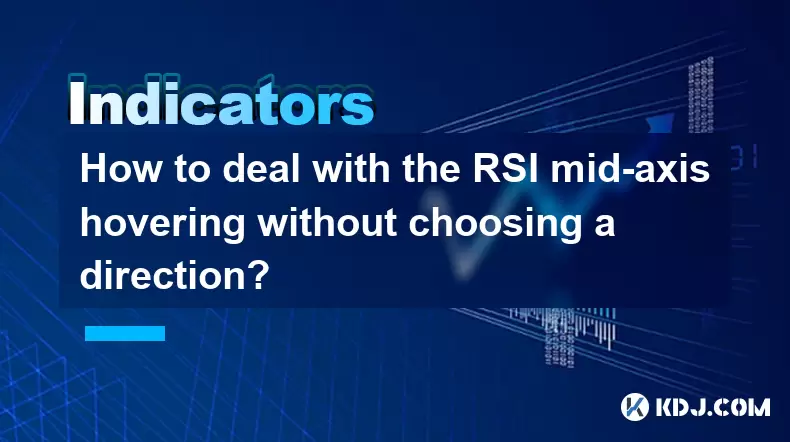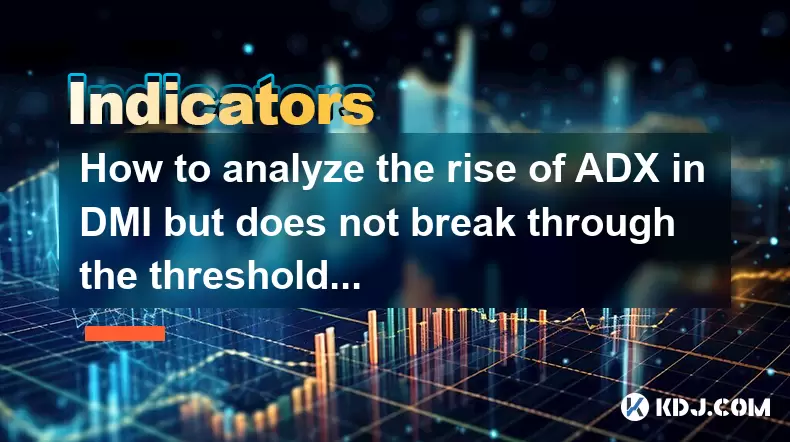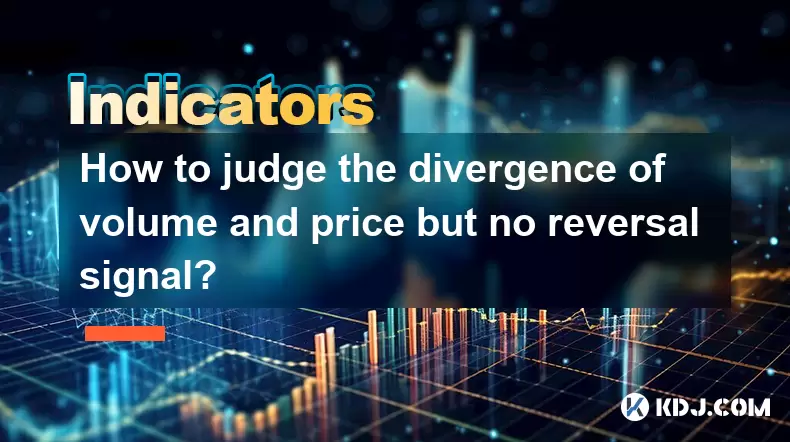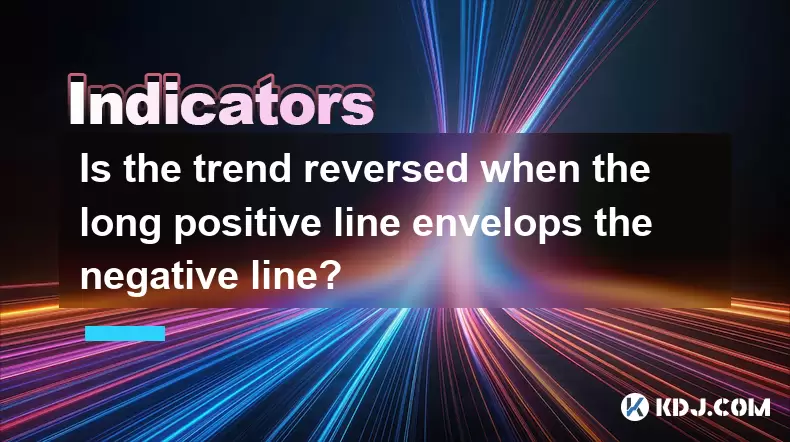-
 Bitcoin
Bitcoin $106,754.6083
1.33% -
 Ethereum
Ethereum $2,625.8249
3.80% -
 Tether USDt
Tether USDt $1.0001
-0.03% -
 XRP
XRP $2.1891
1.67% -
 BNB
BNB $654.5220
0.66% -
 Solana
Solana $156.9428
7.28% -
 USDC
USDC $0.9998
0.00% -
 Dogecoin
Dogecoin $0.1780
1.14% -
 TRON
TRON $0.2706
-0.16% -
 Cardano
Cardano $0.6470
2.77% -
 Hyperliquid
Hyperliquid $44.6467
10.24% -
 Sui
Sui $3.1128
3.86% -
 Bitcoin Cash
Bitcoin Cash $455.7646
3.00% -
 Chainlink
Chainlink $13.6858
4.08% -
 UNUS SED LEO
UNUS SED LEO $9.2682
0.21% -
 Avalanche
Avalanche $19.7433
3.79% -
 Stellar
Stellar $0.2616
1.64% -
 Toncoin
Toncoin $3.0222
2.19% -
 Shiba Inu
Shiba Inu $0.0...01220
1.49% -
 Hedera
Hedera $0.1580
2.75% -
 Litecoin
Litecoin $87.4964
2.29% -
 Polkadot
Polkadot $3.8958
3.05% -
 Ethena USDe
Ethena USDe $1.0000
-0.04% -
 Monero
Monero $317.2263
0.26% -
 Bitget Token
Bitget Token $4.5985
1.68% -
 Dai
Dai $0.9999
0.00% -
 Pepe
Pepe $0.0...01140
2.44% -
 Uniswap
Uniswap $7.6065
5.29% -
 Pi
Pi $0.6042
-2.00% -
 Aave
Aave $289.6343
6.02%
Is the rebound of CCI from the oversold zone to above -100 a buy signal?
The Commodity Channel Index (CCI) helps spot overbought or oversold conditions in crypto, signaling potential trend reversals when combined with other indicators like RSI and volume analysis.
Jun 15, 2025 at 10:22 pm

Understanding the Commodity Channel Index (CCI) in Cryptocurrency Trading
The Commodity Channel Index (CCI) is a technical analysis indicator used to identify overbought or oversold conditions in an asset. Originally developed for commodities, it has become widely adopted in cryptocurrency trading due to its effectiveness in spotting momentum shifts. The standard CCI setting is 14 periods, and it typically oscillates between +100 and -100. Values above +100 suggest overbought conditions, while values below -100 indicate oversold conditions.
In the context of cryptocurrencies like Bitcoin or Ethereum, where volatility is high, the CCI can be a valuable tool for identifying potential trend reversals. However, it should not be used in isolation. Traders often combine it with other indicators such as RSI, MACD, or moving averages to confirm signals before making a trade decision.
What Happens When CCI Moves from Oversold to Above -100?
When the CCI rises from below -100 back above that level, it suggests that the downward momentum may be weakening. This movement can be interpreted as a sign that buyers are starting to gain control. In traditional markets, this might be seen as a bullish signal, but in the highly volatile crypto market, such signals need careful interpretation.
It's important to note that a move from oversold to neutral does not necessarily mean a reversal is guaranteed. Sometimes, especially during strong downtrends, the price may continue falling even after the CCI exits the oversold zone. Therefore, traders must look at the broader context, including volume, candlestick patterns, and support/resistance levels.
How to Interpret CCI Rebounds in Isolation vs. With Other Indicators
Using the CCI in isolation can lead to false signals, particularly in fast-moving crypto markets. For instance, if the CCI rebounds from oversold territory but the RSI remains bearish, or if the price is still below key moving averages, entering a long position could be risky.
Here’s how you can cross-check:
- Look at the Relative Strength Index (RSI): If RSI is also showing signs of bottoming out or divergence, it strengthens the case for a potential reversal.
- Check volume patterns: A rebound accompanied by increasing volume suggests stronger participation from buyers.
- Observe price action: Bullish candlestick formations like hammers or engulfing patterns near support levels can confirm the CCI signal.
Each of these elements provides additional context that helps filter out noise and reduce the risk of acting on premature or misleading signals.
Step-by-Step Guide to Confirming a Buy Signal Using CCI Rebound
If you're considering a buy based on a CCI rebound from oversold, follow these steps carefully:
- Ensure the CCI was indeed below -100 for at least one full period. A quick dip and recovery might not be significant enough.
- Wait for the CCI to close above -100 on your chart’s timeframe—this confirms the momentum shift.
- Analyze the price chart for confluence areas such as previous support zones or Fibonacci retracement levels.
- Check if other indicators like RSI or MACD align with the CCI signal.
- Use candlestick confirmation—wait for a bullish candle to form after the CCI crosses above -100.
- Set a stop-loss order just below the recent swing low to manage risk effectively.
- Consider position sizing—don’t allocate too much capital based solely on a single indicator signal.
This checklist ensures that you're not relying solely on the CCI but instead using it as part of a comprehensive trading strategy.
Common Mistakes Traders Make When Interpreting CCI Signals
Many novice traders fall into the trap of treating the CCI rebound from oversold as a guaranteed buy signal without considering the broader market dynamics. Some common mistakes include:
- Ignoring the overall trend direction—buying in a downtrend simply because CCI rebounded can result in losses.
- Acting on the first bounce without waiting for confirmation candles or volume spikes.
- Failing to use risk management tools like stop-loss orders or proper position sizing.
- Overlooking market news or macroeconomic factors that could override technical signals.
- Using the same CCI settings across all timeframes and assets without customization.
These pitfalls can significantly reduce the effectiveness of the CCI and lead to poor trading decisions.
Real-Time Example of CCI Rebound in a Crypto Chart
Let’s take a real-world example using Bitcoin/USDT daily chart:
Suppose Bitcoin drops sharply due to regulatory concerns, pushing the CCI below -100. After a few days of selling pressure, the price stabilizes and starts forming higher lows. Meanwhile, the CCI begins to rise, crossing back above -100.
At this point, a trader might consider a long entry if:
- The RSI shows bullish divergence.
- Volume increases compared to previous days.
- A bullish engulfing candle appears on the daily chart.
- The price closes above a key moving average like the 50-day EMA.
In this scenario, the CCI rebound acts as a trigger, but the rest of the confluence gives confidence to the trade.
Frequently Asked Questions
Q: Can I rely solely on CCI when entering trades?
A: No, CCI should be used alongside other indicators and price action analysis to increase accuracy and reduce false signals.
Q: What timeframes work best with CCI in crypto trading?
A: Shorter timeframes like 1-hour or 4-hour charts can give more frequent signals, but daily charts tend to offer more reliable readings due to reduced noise.
Q: Does CCI work equally well for all cryptocurrencies?
A: Not always. CCI performs better on major coins like BTC or ETH that have sufficient liquidity and volume compared to smaller altcoins.
Q: How do I adjust CCI settings for different market conditions?
A: You can experiment with longer periods (e.g., 20 or 30) in trending markets and shorter ones (e.g., 10 or 14) in range-bound environments to improve sensitivity.
Disclaimer:info@kdj.com
The information provided is not trading advice. kdj.com does not assume any responsibility for any investments made based on the information provided in this article. Cryptocurrencies are highly volatile and it is highly recommended that you invest with caution after thorough research!
If you believe that the content used on this website infringes your copyright, please contact us immediately (info@kdj.com) and we will delete it promptly.
- 2025-W Uncirculated American Gold Eagle and Dr. Vera Rubin Quarter Mark New Products
- 2025-06-13 06:25:13
- Ruvi AI (RVU) Leverages Blockchain and Artificial Intelligence to Disrupt Marketing, Entertainment, and Finance
- 2025-06-13 07:05:12
- H100 Group AB Raises 101 Million SEK (Approximately $10.6 Million) to Bolster Bitcoin Reserves
- 2025-06-13 06:25:13
- Galaxy Digital CEO Mike Novogratz Says Bitcoin Will Replace Gold and Go to $1,000,000
- 2025-06-13 06:45:13
- Trust Wallet Token (TWT) Price Drops 5.7% as RWA Integration Plans Ignite Excitement
- 2025-06-13 06:45:13
- Ethereum (ETH) Is in the Second Phase of a Three-Stage Market Cycle
- 2025-06-13 07:25:13
Related knowledge

How to confirm the effectiveness of the average price line support in the time-sharing chart?
Jun 17,2025 at 12:56am
Understanding the Time-Sharing Chart and Its RelevanceIn cryptocurrency trading, time-sharing charts play a crucial role in analyzing short-term price movements. These charts typically display price fluctuations over a specific period, often ranging from minutes to hours. Traders rely on them to make quick decisions based on real-time data. The average ...

What does it mean when the momentum indicator breaks above the zero axis?
Jun 17,2025 at 12:43am
Understanding the Momentum IndicatorThe momentum indicator is a technical analysis tool used to measure the speed or velocity of price movements in cryptocurrency markets. It helps traders identify potential trend reversals, overbought or oversold conditions, and confirms existing trends. The indicator typically oscillates around a zero line, with value...

How to deal with the RSI mid-axis hovering without choosing a direction?
Jun 17,2025 at 02:02am
Understanding RSI Mid-Axis Hovering in Cryptocurrency TradingThe Relative Strength Index (RSI) is a popular momentum oscillator used by traders to assess whether an asset is overbought or oversold. In cryptocurrency markets, it's common for the RSI to hover around its mid-axis, typically at the 50 level, without showing a clear upward or downward trend....

How to analyze the rise of ADX in DMI but does not break through the threshold?
Jun 16,2025 at 11:49pm
Understanding ADX and DMI in Cryptocurrency TradingIn cryptocurrency trading, ADX (Average Directional Index) is a technical indicator used to measure the strength of a trend. It works in conjunction with the DMI (Directional Movement Indicator), which includes two components: +DI (Positive Directional Indicator) and -DI (Negative Directional Indicator)...

How to judge the divergence of volume and price but no reversal signal?
Jun 17,2025 at 12:28am
Understanding Volume and Price DivergenceIn the world of cryptocurrency trading, volume and price are two key indicators that traders monitor closely. Divergence occurs when these two metrics move in opposite directions. For example, if the price of a cryptocurrency is rising but its volume is declining, this could signal weakening momentum. However, it...

Is the trend reversed when the long positive line envelops the negative line?
Jun 17,2025 at 03:28am
Understanding the Envelope Pattern in Candlestick ChartsIn candlestick charting, one of the most widely recognized reversal patterns is the 'enveloping pattern.' This pattern typically appears at the end of a trend and signals a potential reversal. When a long positive (bullish) candle completely engulfs the previous negative (bearish) candle, it can in...

How to confirm the effectiveness of the average price line support in the time-sharing chart?
Jun 17,2025 at 12:56am
Understanding the Time-Sharing Chart and Its RelevanceIn cryptocurrency trading, time-sharing charts play a crucial role in analyzing short-term price movements. These charts typically display price fluctuations over a specific period, often ranging from minutes to hours. Traders rely on them to make quick decisions based on real-time data. The average ...

What does it mean when the momentum indicator breaks above the zero axis?
Jun 17,2025 at 12:43am
Understanding the Momentum IndicatorThe momentum indicator is a technical analysis tool used to measure the speed or velocity of price movements in cryptocurrency markets. It helps traders identify potential trend reversals, overbought or oversold conditions, and confirms existing trends. The indicator typically oscillates around a zero line, with value...

How to deal with the RSI mid-axis hovering without choosing a direction?
Jun 17,2025 at 02:02am
Understanding RSI Mid-Axis Hovering in Cryptocurrency TradingThe Relative Strength Index (RSI) is a popular momentum oscillator used by traders to assess whether an asset is overbought or oversold. In cryptocurrency markets, it's common for the RSI to hover around its mid-axis, typically at the 50 level, without showing a clear upward or downward trend....

How to analyze the rise of ADX in DMI but does not break through the threshold?
Jun 16,2025 at 11:49pm
Understanding ADX and DMI in Cryptocurrency TradingIn cryptocurrency trading, ADX (Average Directional Index) is a technical indicator used to measure the strength of a trend. It works in conjunction with the DMI (Directional Movement Indicator), which includes two components: +DI (Positive Directional Indicator) and -DI (Negative Directional Indicator)...

How to judge the divergence of volume and price but no reversal signal?
Jun 17,2025 at 12:28am
Understanding Volume and Price DivergenceIn the world of cryptocurrency trading, volume and price are two key indicators that traders monitor closely. Divergence occurs when these two metrics move in opposite directions. For example, if the price of a cryptocurrency is rising but its volume is declining, this could signal weakening momentum. However, it...

Is the trend reversed when the long positive line envelops the negative line?
Jun 17,2025 at 03:28am
Understanding the Envelope Pattern in Candlestick ChartsIn candlestick charting, one of the most widely recognized reversal patterns is the 'enveloping pattern.' This pattern typically appears at the end of a trend and signals a potential reversal. When a long positive (bullish) candle completely engulfs the previous negative (bearish) candle, it can in...
See all articles

























































































